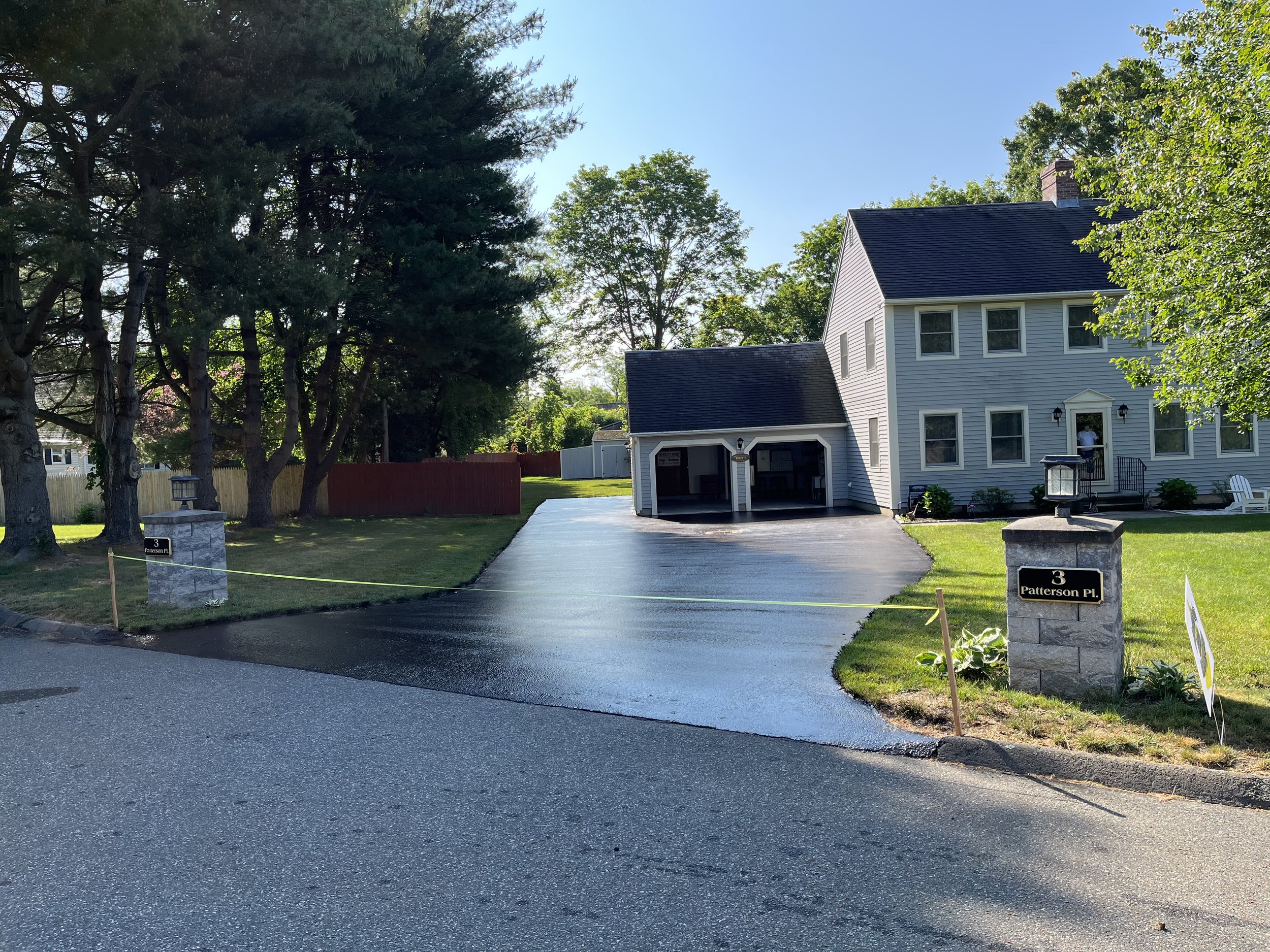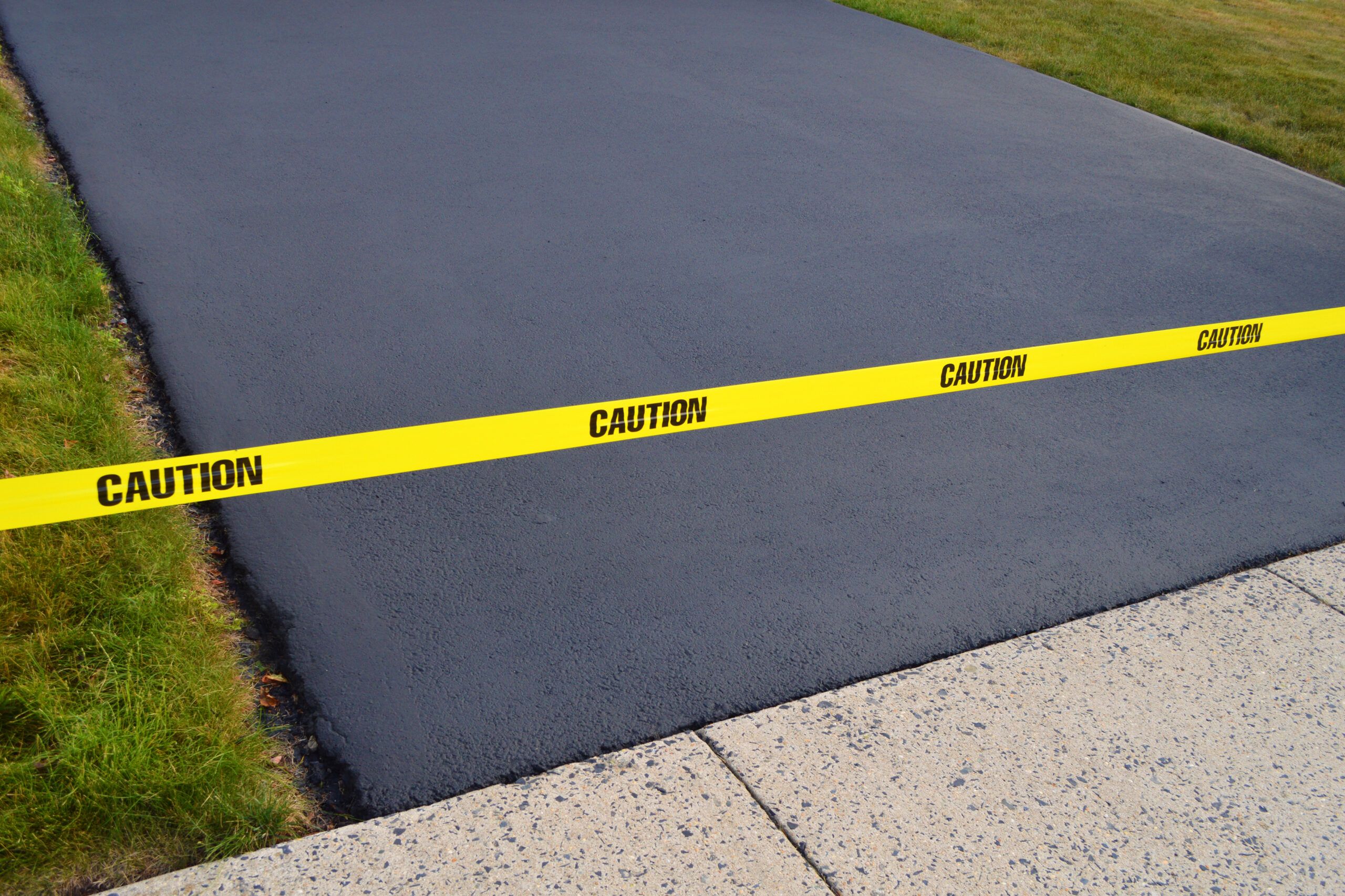Warm Mix Asphalt: A Lasting Solution for Pavement
Hot Mix Asphalt (HMA) has actually become a leading lasting choice for sidewalk solutions, supplying a myriad of cutting-edge innovations and ecological benefits. Its capability to decrease and recycle materials energy usage offers an engaging instance for its adoption in roadway construction projects. The long-term efficiency and sturdiness of HMA make it a recommended option for facilities advancement. As the demand for green construction methods grows, exploring the subtleties of HMA's sustainability can give beneficial understandings into the future of pavement remedies.
Ecological Benefits of Warm Mix Asphalt

Moreover, Hot Mix Asphalt aids to mitigate urban warmth island results. Its dark color takes in sunlight, minimizing the amount of warm showed back right into the atmosphere contrasted to lighter-colored pavements. This can decrease ambient temperature levels in city areas, lowering the need for a/c and inevitably decreasing power consumption.
Furthermore, Hot Mix Asphalt adds to enhanced stormwater monitoring. Its porous nature permits water to reenergize and infiltrate the pavement groundwater supplies, reducing runoff and the risk of flooding. These environmental advantages make Hot Mix Asphalt a sustainable option for paving roadways and freeways.
Power Efficiency in HMA Manufacturing
Is power performance an important consider the manufacturing of Warm Mix Asphalt (HMA)? Absolutely. Power plays a substantial role in the manufacturing of HMA, impacting both expense and ecological sustainability. One vital aspect of energy effectiveness in HMA production is the use of cozy mix asphalt (WMA) modern technologies (regrading). WMA permits for the mixing and placement of asphalt at lower temperature levels compared to traditional hot mix asphalt, resulting in minimized power intake during production. This process not just lowers fuel use however also decreases greenhouse gas exhausts, making it a more eco-friendly option.
Moreover, innovations in plant modern technologies have actually brought about more energy-efficient HMA production processes. Modern plants are created with attributes like recycled asphalt sidewalk (RAP) handling capabilities, effective heater systems, and boosted insulation, all contributing to power financial savings. By optimizing energy use in HMA manufacturing, the market can minimize its carbon impact while preserving high-quality pavement products. Power performance is, as a result, a crucial consideration in ensuring the sustainability of Warm Mix Asphalt production.
Recyclability of Warm Mix Asphalt
The recyclability of Hot Mix Asphalt (HMA) is a pivotal aspect of its sustainability and long-term environmental impact. HMA is one of one of the most recycled materials in the United States, with over 100 million tons of recovered asphalt pavement (RAP) being recycled every year in new sidewalk construction. Reusing HMA offers numerous ecological advantages, such as minimizing the need for virgin products, decreasing energy intake throughout manufacturing, and lowering the amount of waste sent out to land fills.
The process of recycling HMA entails crushing the existing pavement, crushing it into smaller sized pieces, and mixing it with new accumulation and asphalt binder to create a recycled mix. In general, the recyclability of HMA plays a substantial duty in advertising lasting methods within the sidewalk market.

Long-Term Efficiency of HMA
Asphalt sidewalks show resilience and durability over an extended duration, showing the lasting performance of Warm Mix Asphalt (HMA) Additionally, developments in HMA modern technology, such as the usage of polymer-modified binders and warm mix asphalt, have better enhanced the sturdiness and long life of HMA sidewalks. By prioritizing high quality construction and upkeep methods, HMA proceeds to show itself as a cost-efficient and lasting option for lasting pavement facilities.

HMA: Longevity and Sustainability
Demonstrating both sturdiness and sustainability, Warm Mix Asphalt (HMA) has ended up being a foundation in the construction of resilient sidewalk facilities - hot mix asphalt. HMA's sturdiness comes from its capacity to check that withstand heavy loads, extreme weather, and high traffic volumes, making it a reliable choice for highways, freeways, and airport paths. The composition of HMA, which usually includes aggregates, binder, and filler, plays a crucial function in boosting its description durability and resistance to tear and put on
Moreover, HMA's sustainability depends on its recyclability and energy-efficient manufacturing process. The capability to reuse reclaimed asphalt pavement (RAP) in brand-new HMA mixtures lowers the demand for virgin materials and minimizes the ecological influence of sidewalk building and construction and maintenance. Furthermore, the energy effectiveness of generating HMA lies in its lower mixing temperature levels contrasted to other sidewalk products, leading to minimized energy usage and greenhouse gas exhausts.
Verdict
Finally, hot mix asphalt (HMA) uses a sustainable service for sidewalk with its eco-friendly characteristics. HMA's recyclability, energy efficiency in production, and long-lasting resilience make it an eco-friendly choice for roadway construction. By saving all-natural resources, lowering waste, and lowering greenhouse gas discharges, HMA plays a vital role in promoting sustainability in infrastructure development. Its ability to minimize urban heat island effects further emphasizes its importance in producing resilient and eco mindful pavement systems.
HMA is one of the most recycled materials in the United States, with over 100 million bunches of recovered asphalt pavement (RAP) being recycled each year in brand-new sidewalk great site building.The process of recycling HMA includes grating the existing sidewalk, crushing it into smaller pieces, and mixing it with new aggregate and asphalt binder to create a recycled mix.Asphalt pavements show longevity and durability over a prolonged duration, showing the long-term efficiency of Hot Mix Asphalt (HMA) Additionally, advancements in HMA modern technology, such as the usage of polymer-modified binders and cozy mix asphalt, have actually further boosted the resilience and durability of HMA sidewalks. The capability to recycle recovered asphalt pavement (RAP) in new HMA blends lowers the demand for virgin materials and reduces the ecological effect of pavement building and construction and maintenance.
Comments on “Boost Commercial Charm: Warm Mix Asphalt Sealing for Angled Parking Lots”